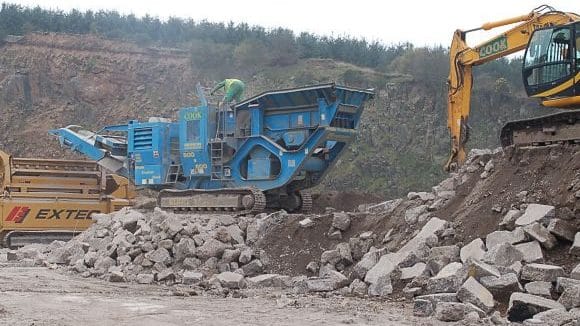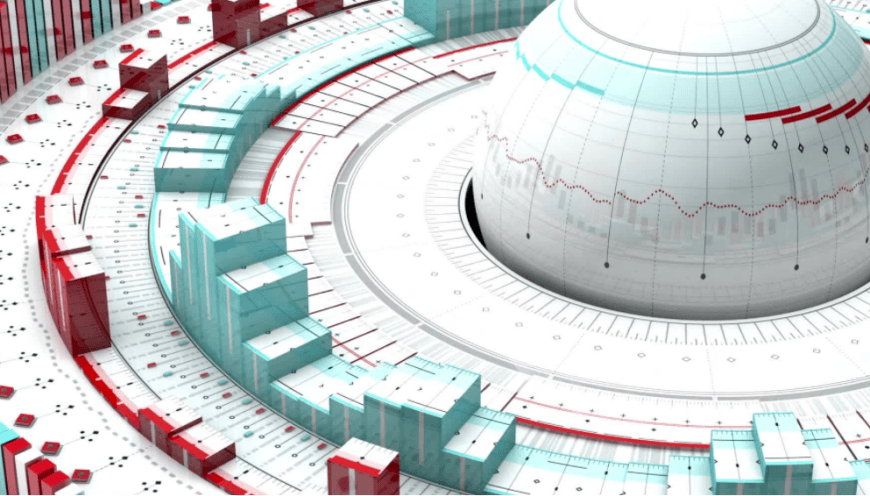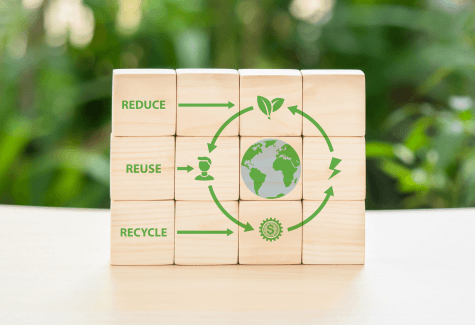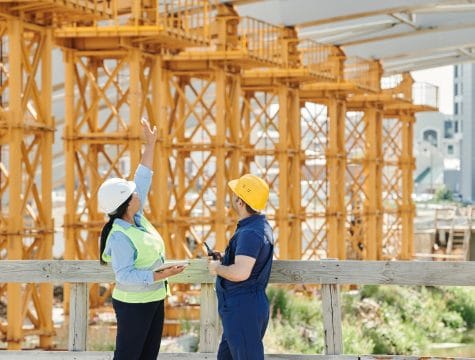Technologies for the construction sector to transition to the circular economy
If the construction sector wants to completely transition to a circular economy, then sustainable practices should be carried out from the initial planning stage. This article will break down how the sector can enhance material circularity using Building Information Modelling (BIM) in the planning stages of construction projects, summarising the most important facts in a nutshell.
Circularity with BIM
Circularity in the construction sector promises to push the concept of make-use-dispose to an eco-conscious level, by increasing resource efficiency. Circular models in BIM enable this from project conception, to the recreation of new materials at the end of the project life (EOPL).
Currently, the industry is challenged by lack of digital inventory keeping and reassembling of materials during deconstruction attracts extra costs.
The creation of material passports of buildings presents a solution for this. These passports have information on quality, technical specifications, chemical components, and measurements of the building elements. This form of asset data centralisation enables the creation of deconstruction information models that are used at the EOPL. Moreover, the data is useful for rating the sustainability of buildings when BIM is integrated with systems such as BREEAM.
The efficiency of BIM in a circular economy relies on good management of data.
When the material data is accessible and reliable it provides insights on, what exactly is recyclable and sustainable and better waste management practices. Sharing this information with other stakeholders promotes coordination, maintenance processes and reuse of materials across multiple projects. This requires a precedence that data is stored in standardised formats, for example, the Industry Foundation Classes (IFC) that is used in BIM programs.
What is BIM?
Multi-stakeholder partnerships are considered one of the most important aspects of sustainable development. BIM tries to help actors in the construction sector collaborate throughout the whole project life cycle by sharing knowledge. The architects, engineers, manufacturers, and other construction professionals design, plan, and manage a construction project using a digital representation of a 3D Model.
Information is the most important aspect of BIM, because the model acts as a material bank, storing data on structural geometry and physical information, inspection information, evaluation information and maintenance history information. A key benefit of this tool is that it can validate materials and information that are essential for the circular economy, since it has access to up-to-date information.
Application in construction
Cradle to cradle (C2C) developed by EPEA GmbH– a BIM Integrated design approach that is circularity focused. In this project, buildings use materials that are safe for both humans and the environment, and completely reusable. All products used are tested for their ecological footprint, material health, recyclability and separability. The materials are assigned a circularity passport that offers detailed information on the components including the chemicals incorporated in the components. This information offers a lot of benefits in terms of material management.
Looking at how C2C design was used in the development of The cradle in Dusseldorf, we get a clearer understanding of how digitalization meets sustainability. The partners coordinated for four years and created a material passport with the help of the BIM function. The design implemented reversible connection throughout the house so many components can be reused without demolition. In the end, the house incorporated different BIM models, in which the components were classified according to CO₂ footprint, health, flexibility, recyclability and separability. The criteria were then assigned colour codes for better management at EOPL. The Solibri Model Checker software was utilised to get an overview of the models. The main highlight is that all components of the buildings can be returned to the biological or technical cycle at the end of use. This hybrid house serves as a raw material depot. It will be the first building in Germany registered in the Madaster platform which is a global register for materials and building products.
The Madaster platform plays a big role in the Circular city Heidelberg project. This project views the whole city as a raw material stock and all the buildings will be recorded in the platform. A BIM model was required to upload the building’s data to the register. Information based on the place of construction, year of construction, building volume or building type can be accessed using an urban screener feature. The first buildings have put this feature to use – all the available material was recorded in exact quantities, i.e metal, brick and concrete. The concrete waste will be crushed and re-introduced into the economy, curbing the need for new raw materials.

MagiCAD is a software worth mentioning, as it shows the true capability of how BIM facilitates collaboration between stakeholders. MagiCAD focuses on Mechanical, Electrical, and Plumbing (MEP) design and calculations. It has more than a million BIM models as well as collaborative functions such as building collaboration format (BCF) that is used for information exchange between different BIM softwares. MagiCAD was used to develop a Heating, Ventilation, and Air Conditioning system (HVAC) for the BMW Group Research and Innovation Center. The software designed the 3D model and the elements of the system, calculating and sizing the specific components. Factors such as heat load, airflows, and energy efficiency were all accounted for, allowing early identification and resolution of potential conflicts or interferences, consequently reducing costly on-site modifications and rework. MagiCAD contributes to the circular economy by reducing the environmental impacts of the project and supports inventory keeping for deconstruction purposes.

What obstacles do we have to overcome for circularity with BIM?
Harnessing the potential of technology to boost the circularity of the construction sector has some limitations, for instance:
Data management
Information databases have to be up to date, high quality and relevant. When information on separability, quality and recyclability of materials is not well documented, this poses challenges at the EOPL. The information should be updated accordingly to the asset evolution in cases of renovation and changes in building components.
Technological shifts
BIM material banks are essential but their relevance may not stand the test of time as technology evolves. The data will not be useful when a certain component is no longer in use and can not be recycled.
Limitations in deconstruction, renovation and retrofitting processes
Using BIM in deconstruction, renovation and retrofitting for existing buildings is limited in the sense that BIM models will not be completely accurate even though 3D scan, 2D documents and on-site surveys are used. Components from such models are not easy to separate and sort for reuse.
Considering all this, BIM has a lot to offer the circular economy despite a few limitations. Visualisation and inter-disciplinary modelling of the entire project life presents an opportunity to plan for the resources adequately. In turn, eco-conscious alternatives are widely explored, the probability of reworks is reduced, and waste is minimised. Other than BIM, Digital Twin is an upcoming technology that integrates real-time data and simulates the operation of infrastructure, offering some similar benefits as BIM. Other notable mentions include Generative design, Virtual Reality (VR), and 3D scanning. Leveraging technology is a proven strategy to hasten the transition of the construction industry to a circular economy, a goal that gets more realistic with each upcoming innovation.
Sources:
https://www.bamb2020.eu/wp-content/uploads/2019/02/SBE19-Brussels-IBIM-and-Circular-design.pdf
https://www.dbz.de/artikel/dbz_Digitale_Planung_trifft_kreislauffaehiges_Design-Prinzip-3595221.html
https://www.researchgate.net/publication/331314038_BIM_and_Circular_Design




